Wednesday, September 12th, students from Freshmen to Seniors of the Concepción Industrial Lyceum learnt about the study of the brain via brain Magnetic Resonance images, and the exploration of the brain via Virtual Reality.
The activity was organized by the biology teacher, Valerey Muñoz, and the chemistry teacher, Víctor Hernández, thanks to the CONICYT Explore Program and its initiative “1000 Scientists, 1000 Classrooms”, that seeks to bring scientists to schools and lyceums, to share their knowledge and experiences.
In this activity, professor Pamela Guevara presented basic concepts about the acquisition and analysis of Magnetic Resonance images for the study of the brain, and projects made in the context of Projects FONDECYT 1161427 and CONICYT PIA/”Anillo de Investigación en Ciencia y Tecnología ACT172121″.
Afterwards, the alumnus of Biomedical Civil Engineering, Ignacio Espinoza, exhibited his Thesis, which consisted of the development of a Virtual Reality application for the 3D exploration of the brain, financed by the same project.
The application allows to know the lobes, convolutions, subcortical structures and main fascicles of the brain fibers. It was made using Unity and Blender software, and allows for the interaction between the Oculus Rift virtual reality lens and the Leap Motion device.
Exposition Title: “Study of the brain via Brain Magnetic Resonance and Virtual Reality”
Description: “The brain is one of the most studied organs of the human body. It’s special due to its complexity and the great amount of functions that performs and controls. Magnetic Resonance (MR) images are increasingly used for the study of the brain, as well as for the diagnostic of various diseases. The most utilized ones are anatomical images, through which the volume, form, and appearance of different structures can be studied. There’s also MR images weighted by diffusion, which allow to reconstruct the main brain fibers. In this exposition it is roughly explained the content and utilization of these images. A Virtual Reality demo is included, for the exploration of different brain structures, developed at Universidad de Concepción.”

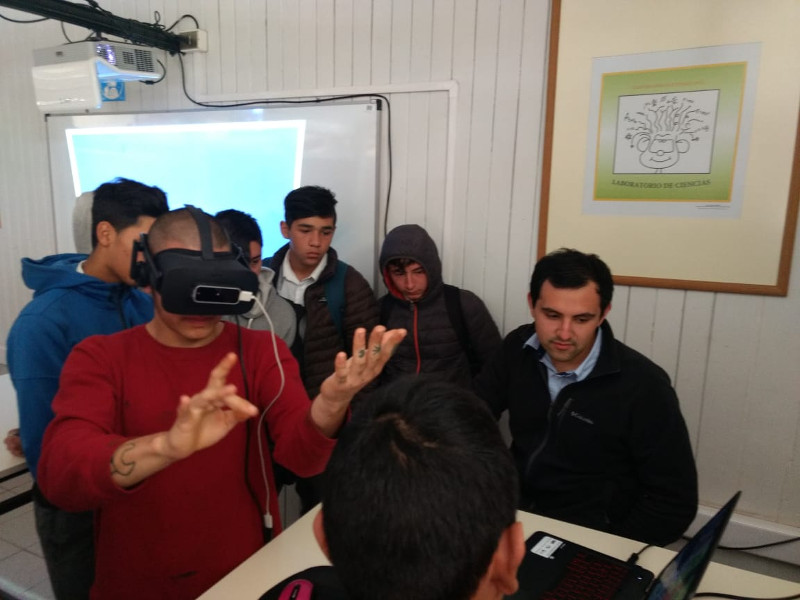



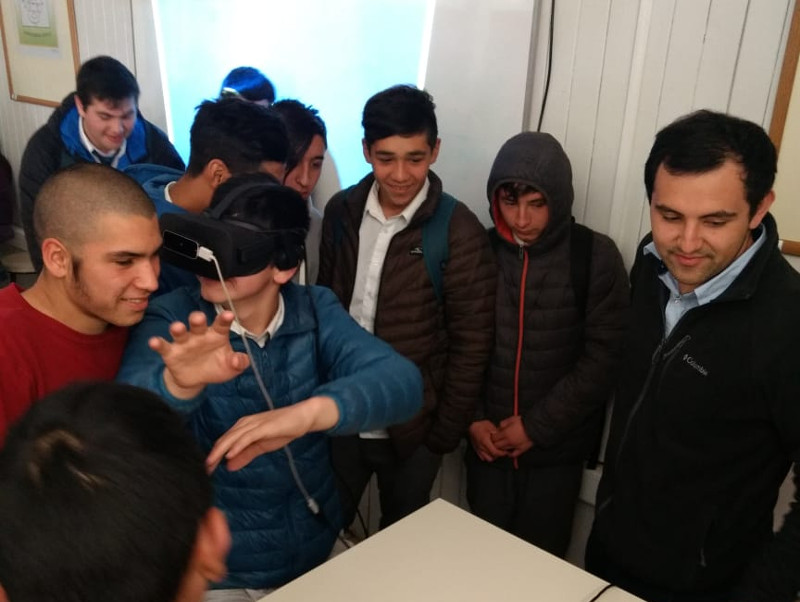

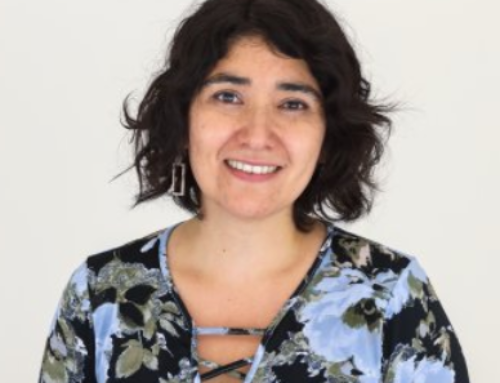
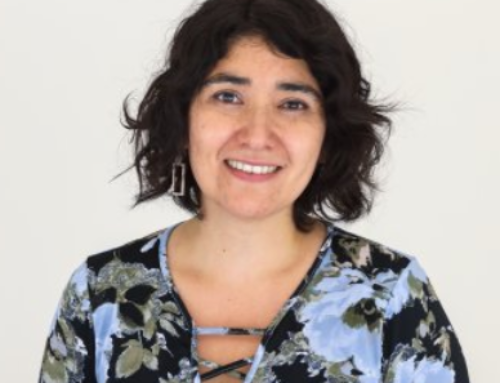
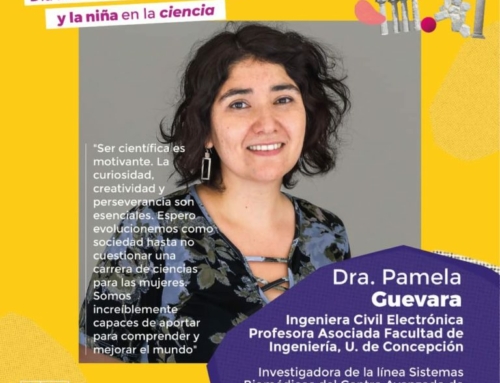


Leave A Comment